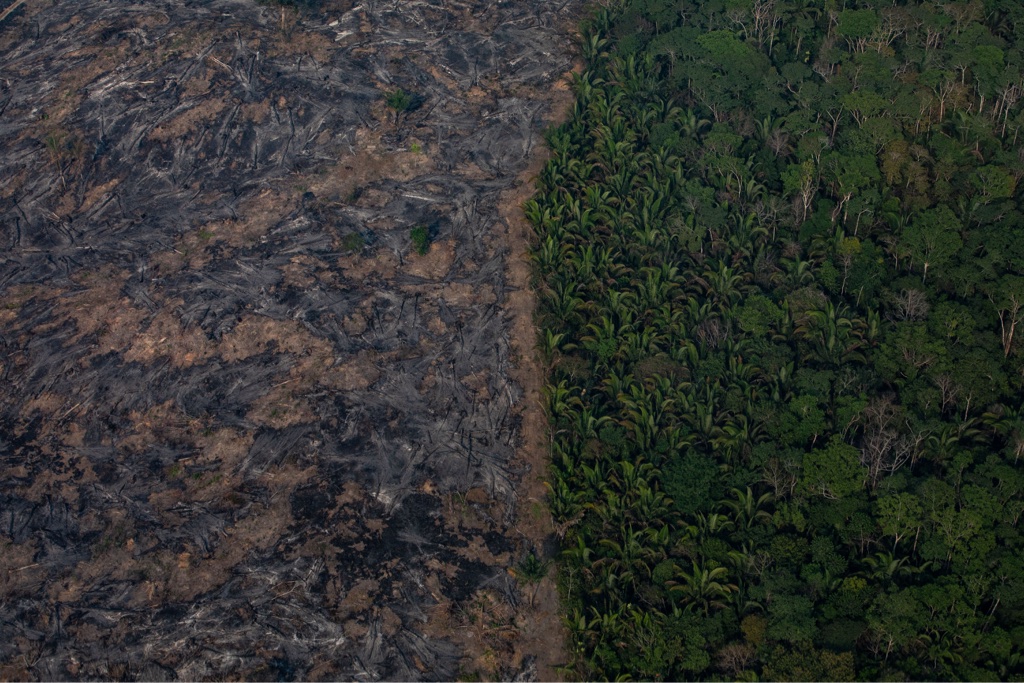Try to imagine that three-quarters of the people in your society were worried that the water running through the pipes in their homes might be toxic; that it might even have been deliberately poisoned. Or that six out of 10 said they weren’t sure how to tell if the public water supplies were safe to drink.
Those are the numbers for a basic commodity almost as essential for a functioning community as clean drinking water: reliable information.
Even before the rise of populist politicians in states where democratic debate had been for decades dull but civilized, the mass population were telling our researchers that they couldn’t trust what they were hearing from politicians and from the journalists who they had previously relied on to report accurately what political parties, corporations, and others in charge of vital parts of their lives were promising.
The era of “fake news” had begun.
If you had always lived in a hot, arid part of the planet where there was little to drink you would have become accustomed to short rations of water and to detecting the signs of what was safe to drink. But if you were used to merely turning on a faucet, your assumptions had suddenly had to change. Welcome to the Information Desert – and it has blown into your neighborhood.
Donald Trump is the man most associated with the phrase “fake news,” which for almost five years he has been using as a way of convincing followers that they should not believe criticism of him and his administration. But the phrase has now entered the vocabulary of politicians and spokespeople around the world. In a leader article last year, the state-owned China Daily newspaper said that if Mr Trump was saying that news organizations such as The New York Times– supposedly a benchmark of honesty – spread “fake news about America,” then nobody should believe what any Western journalist said about, say, China’s record on human rights. Authoritarian regimes from Russia to Venezuela to Myanmar to Italy to Gabon have embraced Mr Trump’s disparagement of any press reports with which he disagrees as “fake news.” The message is: “You can’t trust anyone… except me.”
Is it any surprise that in last year’s Trust Barometer, 73 percent of people globally said they were worried that fake news was being used as a weapon to undermine their society? And of course, deliberately “fake” news does exist. The internet has proved a perfect conduit for what the Soviets called maskirovka – deception – although that was a weapon of war rather than of peacetime. Some people spread it deliberately just to get clicks on counterfeit websites: a story that the Pope had endorsed Mr Trump in the 2016 election made tens of thousands of dollars in ad revenue for the site in the small Eastern European nation of Macedonia that concocted it.
Media traditionally “mediated” between those making important decisions or pronouncements at the top of society and those who would be affected by them. You read or heard or saw that mediation through a news brand such as the BBC or NBC or The Wall Street Journal or Bild or Xinhua, which you knew and whose reputation you knew. They might have an agenda, they might be careless with the facts, but if you knew what you were drinking, you knew what risks you were taking. That no longer applies when most people find news through search engines or on the newsfeeds of their social media sites.

